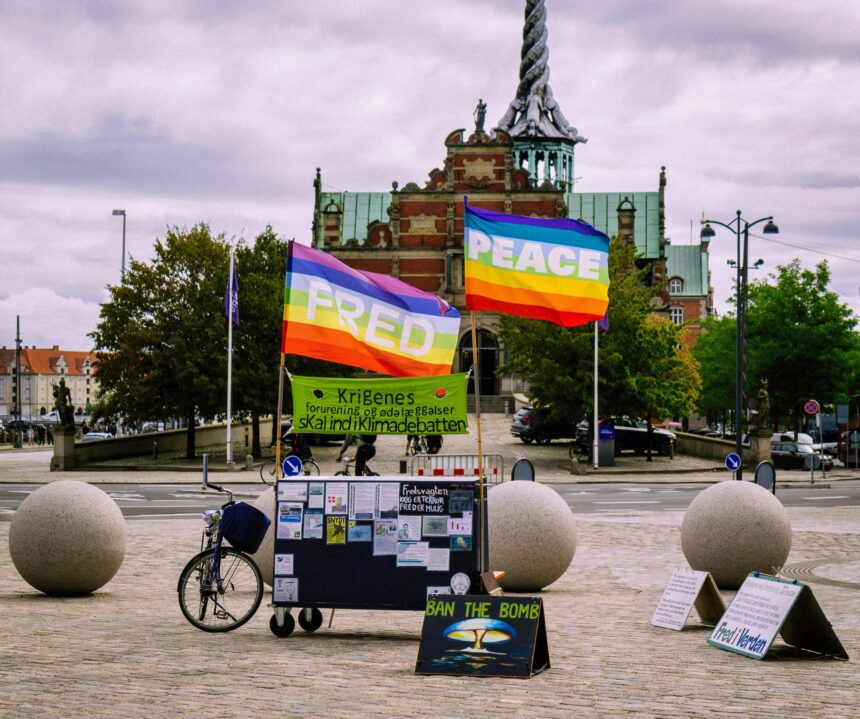Article contentAlmost a year ago, at the Summit of the Future — a once-in-a-generation high-level event held at the UN headquarters in New York in September 2024 — UN member states adopted a 64-page outcome document titled the Pact for the Future. This document includes 56 commitments.THIS CONTENT IS RESERVED FOR SUBSCRIBERS ONLY.Subscribe now to access this story and more:Unlimited access to the website and appExclusive access to premium content, newsletters and podcastsFull access to the e-Edition app, an electronic replica of the print edition that you can share, download and comment onEnjoy insights and behind-the-scenes analysis from our award-winning journalistsSupport local journalists and the next generation of journalistsSUBSCRIBE TO UNLOCK MORE ARTICLES.Subscribe or sign in to your account to continue your reading experience.Unlimited access to the website and appExclusive access to premium content, newsletters and podcastsFull access to the e-Edition app, an electronic replica of the print edition that you can share, download and comment onEnjoy insights and behind-the-scenes analysis from our award-winning journalistsSupport local journalists and the next generation of journalistsRegister to unlock more articles.Create an account or sign in to continue your reading experience.Access additional stories every monthShare your thoughts and join the conversation in our commenting communityGet email updates from your favourite authorsSign In or Create an AccountorArticle contentTo begin with, without mincing words, world leaders acknowledged that we are facing profound global changes and increasing existential risks of our own making. If we do not change our path, we risk a future marked by endless crises and breakdowns.Article contentArticle contentArticle contentIn light of this, the Pact for the Future focuses on key issues, including peace and security, sustainable development, climate change, digital co-operation, human rights, gender equality, youth support, and the well-being of future generations.Article contentAmong numerous commitments made by world leaders, including those from NATO countries, the pledges to peace include Action 13 (We will redouble our efforts to build and sustain peaceful, inclusive, and just societies while addressing the root causes of conflicts) and Action 25 (We will advance the goal of a world free of nuclear weapons.)Article contentDespite their profound commitments to peace, it is shocking that just nine months later, at the NATO Summit in June 2025, NATO member countries made a sharp U-turn. They pledged to increase military spending from 2 per cent to 5 per cent of GDP by 2035, citing concerns that Russia could be prepared to use force against them within the next five years.Article contentArticle contentThe NATO alliance was well aware of the potential threats from Russia long before the Summit of the Future. Their change in stance raises serious questions about the integrity of their peace commitments.Article contentArticle contentNow, what lies ahead after the outcome of the NATO Summit in 2025? There are many developments on the horizon. However, one thing is certain. The stage is set for global military spending to explode in the next decade.Article contentLast year, the world already spent $2.7 trillion on the military, with NATO accounting for $1.5 trillion, or 55 per cent of the total. If NATO countries meet their 5 per cent GDP target by 2035, the figure could rise to $4.6 trillion annually, according to estimates from the Stockholm International Peace Research Institute (SIPRI).Article contentNATO’s massive rearmament agenda will likely prompt other blocs to respond by increasing their defence spending. This could push global military spending to an estimated $6 to $7 trillion or more per year.
COMMENTARY: Can NATO pledge secure a sustainable future?











